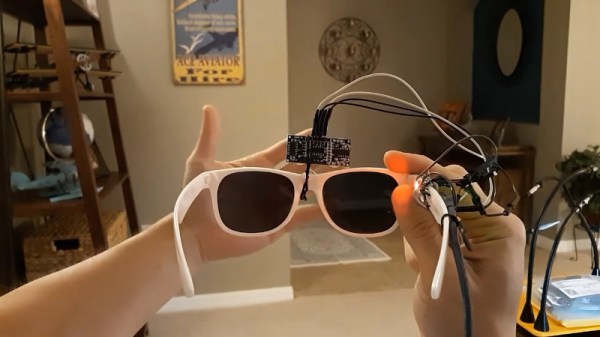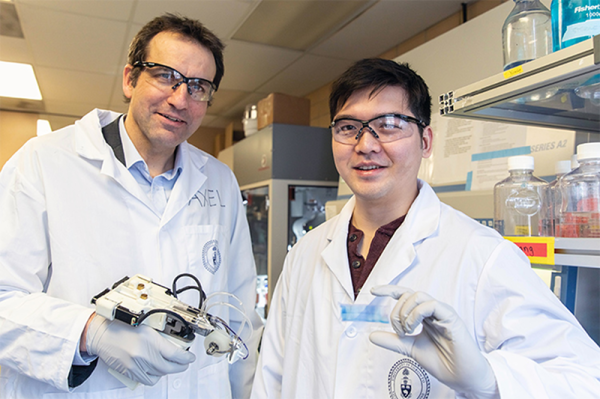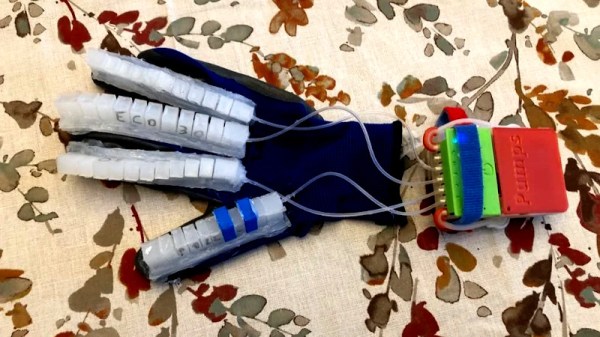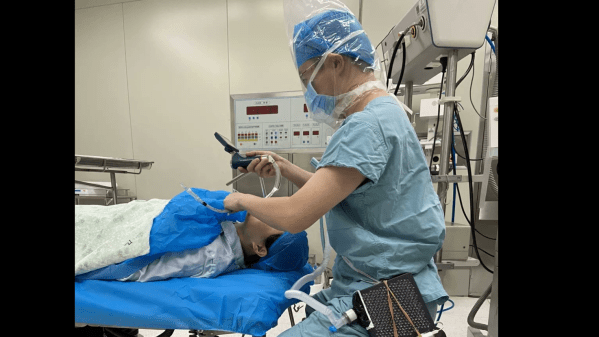In 2020, the world is focused on the rampant spread of a new virus by the name of COVID-19. Like many infectious diseases, transmission can be reduced by good hygiene practices. To help in the fight, [Nick Bild] threw together a device he calls Sentinel.
The concept is simple. Reduce the user touching their own face by shining a warning light when such behaviour is detected. This is achieved through the use of an Arduino, which controls an LED through feedback from an ultrasonic proximity sensor. The LED is placed in the user’s peripheral vision, glowing when the sensor detects hands (or other objects) approaching the face.
While it’s unlikely to be rolled out en-masse, it’s a project that nevertheless reminds us to practice good self-care routines. And, as the adage goes, prevention is better than cure. As governments and industry grapple with the ongoing problem, consider how your supply chain may be exposed to the crisis. Video after the break.

















